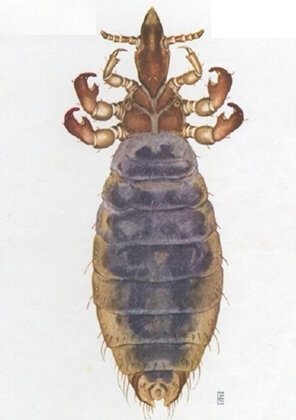
Lice do not fly, jump or circle the cattle’s body every 24 hours
Symptoms of the Disease/Condition.
Lice are external parasites that can live on most animals. They are very host specific so can only breed on their own hosts.
There are four species of lice that affect NZ cattle:
Lice generally do not live for more than four or five days off the host and are spread mainly by direct contact between cattle.
Cattle lice populations are highest in winter and lowest in summer.
Survival of lice is reduced by warm weather, cattle self grooming, loss of hair coat, and good nutrition of the host. Cattle in poor condition tend to have heavier louse infestations.
Lice tend to prefer the white areas of black-and-white cattle.
Louse numbers are usually higher on younger cattle than on adult cattle.
Cost/Impact on Herd/Farm Revenue.
Infested cattle show signs of irritation and rubbing which may cause hair loss from large areas of the body. Cattle with hair loss may be discounted at the sale yards.
The hide is commonly damaged due to hypersensitivity reactions to the parasites.
The effect of lice on production and growth rate is debatable.
Management and Control.
There is a wide range of Pour On treatments for lice control in cattle. Some endectocide treatments for internal parasites in cattle have activity against active adult feeding lice.